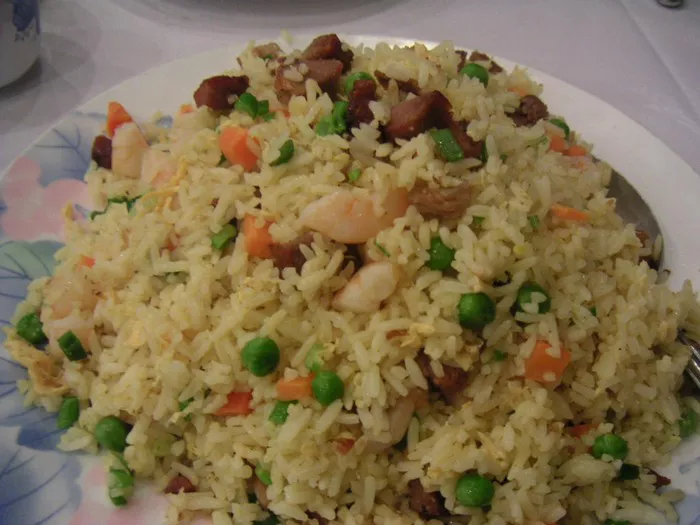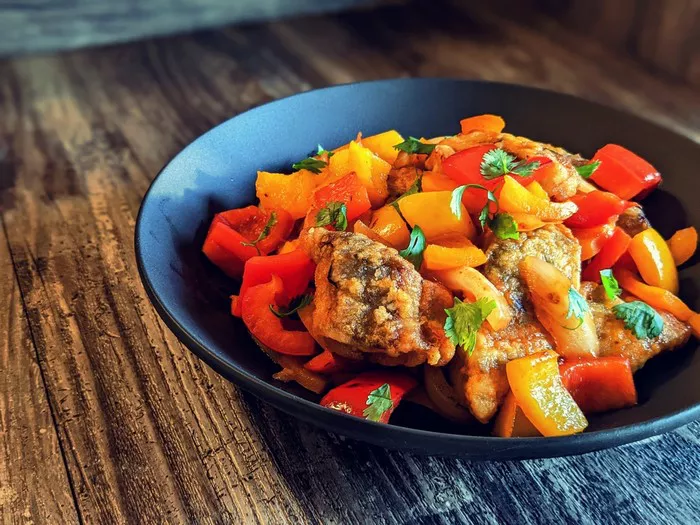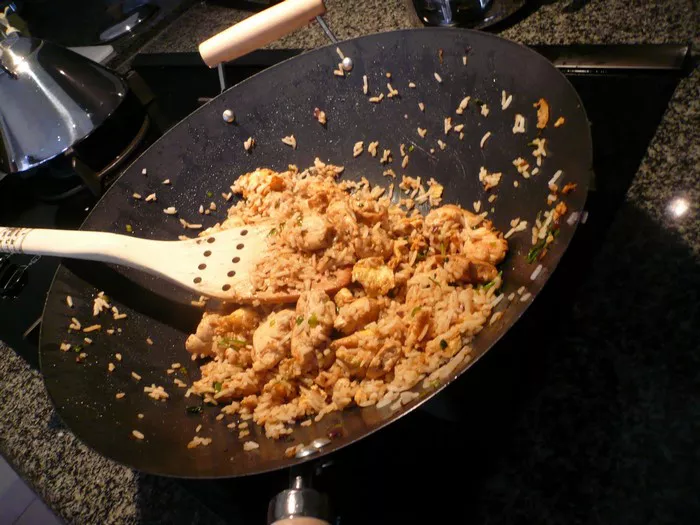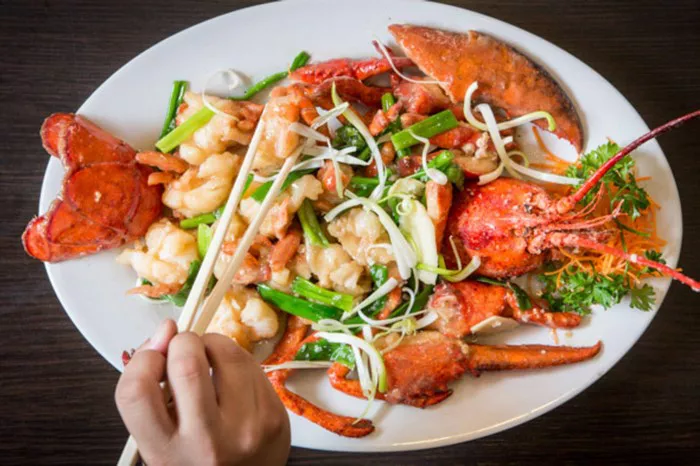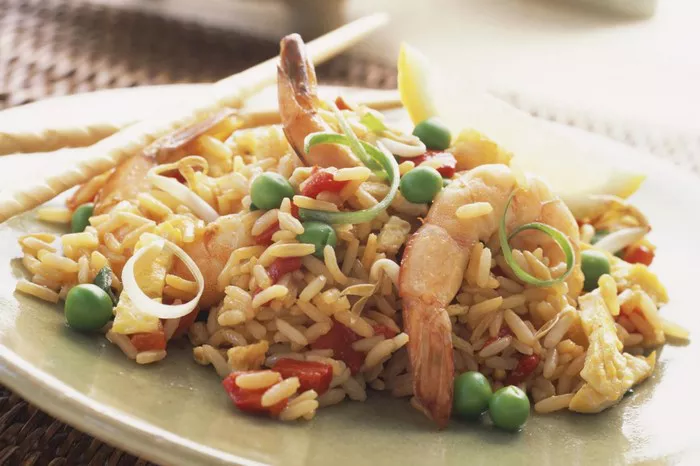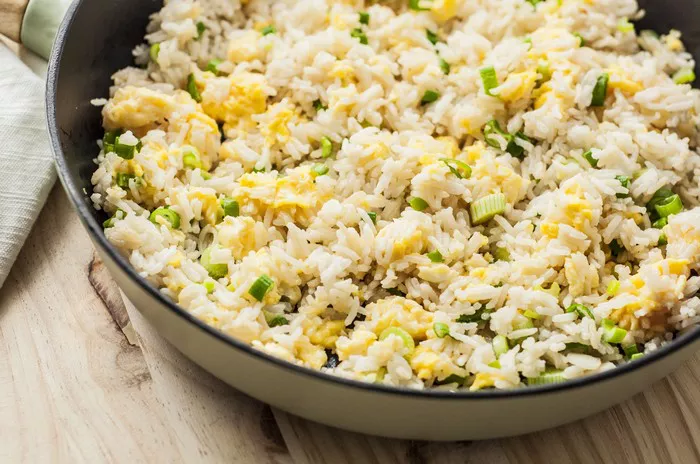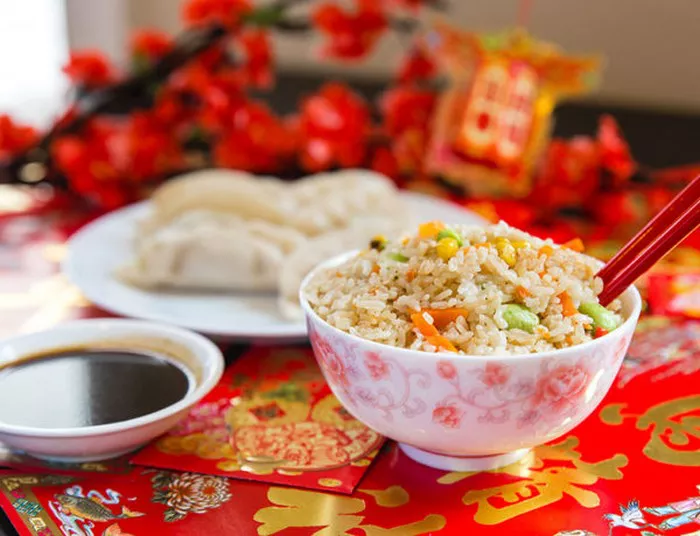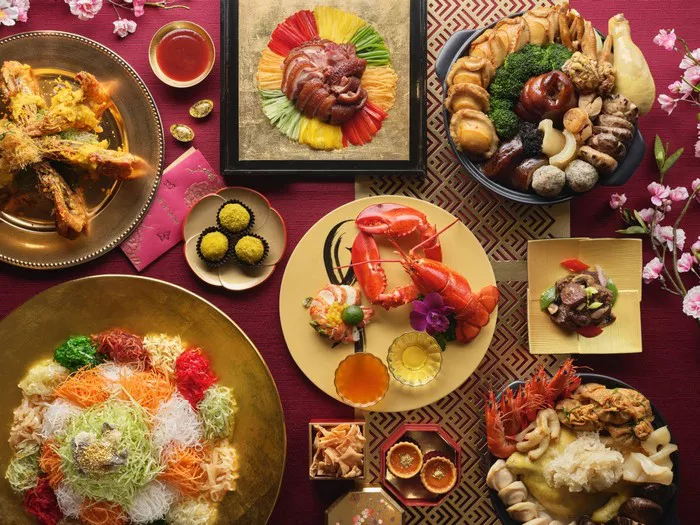Yangzhou fried rice, a beloved Chinese dish, is a culinary masterpiece renowned for its delicate balance of flavors and textures. Originating from Yangzhou, a city in Jiangsu province, this iconic fried rice dish has captured the hearts and palates of people around the world. In this comprehensive guide, we will explore the art of making Yangzhou fried rice, step by step, ensuring that you can recreate this delectable dish in your own kitchen. Prepare to embark on a culinary journey that will result in a fragrant and savory masterpiece.
I. Understanding the Essence of Yangzhou Fried Rice
Before delving into the intricacies of making Yangzhou fried rice, it’s essential to grasp the fundamental characteristics that define this renowned dish.
Yangzhou fried rice is a classic Chinese stir-fried rice dish that reflects the culinary artistry of Chinese cuisine. It is celebrated for its balanced flavors, using a combination of ingredients that create a harmonious blend of textures and tastes. Key components include fragrant jasmine rice, tender and succulent proteins (often shrimp, pork, or chicken), and a medley of vegetables, all stirred together in a savory yet slightly sweet sauce. The dish is crowned with fluffy, golden eggs, resulting in a visually appealing and delicious plate of fried rice.
II. Essential Ingredients
To embark on your journey to create Yangzhou fried rice, gather the following essential ingredients:
A. Jasmine Rice
Jasmine rice is the preferred choice for Yangzhou fried rice due to its delicate fragrance and slightly sticky texture when cooked. It is essential for achieving the authentic flavor and texture of the dish.
B. Proteins
Common protein choices for Yangzhou fried rice include shrimp, diced pork, or diced chicken. These proteins should be marinated to infuse them with flavor before stir-frying.
C. Vegetables
A classic Yangzhou fried rice incorporates an assortment of vegetables, such as peas, carrots, and corn. These vegetables not only add color and nutrition but also contribute to the dish’s overall texture.
D. Eggs
Eggs are a crucial element of Yangzhou fried rice. They are beaten and scrambled before being added to the rice, creating layers of flavor and a beautiful, fluffy texture.
E. Aromatics
Garlic, ginger, and scallions are indispensable aromatic elements. They infuse the dish with a savory fragrance and depth of flavor.
F. Seasonings
Common seasonings include soy sauce for saltiness, sugar for sweetness, and white pepper for a subtle kick of heat. Oyster sauce is also used for its umami-rich flavor.
G. Cooking Oil
Use a neutral cooking oil with a high smoke point, such as vegetable or canola oil, for stir-frying.
III. Preparing the Rice
A. Rice Selection
Begin by choosing high-quality jasmine rice, which is fragrant and slightly sticky when cooked. Rinse the rice thoroughly in cold water until the water runs clear, which removes excess starch.
B. Cooking the Rice
Cook the rice following the instructions on the packaging. Typically, the ratio of water to rice is 1.5:1. Once the rice is cooked, allow it to cool completely. Cold rice is essential for achieving the right texture in your Yangzhou fried rice.
IV. Preparing the Proteins
A. Marinating the Proteins
For proteins like shrimp, pork, or chicken, marinating is essential to infuse them with flavor. A typical marinade includes a combination of soy sauce, rice wine, cornstarch, and a pinch of sugar. Allow the proteins to marinate for at least 15-30 minutes before cooking.
B. Cooking the Proteins
Cook the marinated proteins in a hot wok or skillet until they are just cooked through. Set them aside for later incorporation into the fried rice.
V. Stir-Frying Yangzhou Fried Rice
A. Preparing the Wok
A well-seasoned wok is the best choice for stir-frying Yangzhou fried rice. Heat the wok over high heat until it starts to smoke slightly. Then, add cooking oil and swirl it around to coat the wok’s surface evenly.
B. Aromatic Foundation
Start by stir-frying the minced garlic, ginger, and scallions until they become fragrant. This step infuses the oil with flavor, creating a rich base for the rice.
C. Adding Vegetables
Incorporate the vegetables that take longer to cook, such as carrots and corn. Stir-fry them until they start to soften.
D. Adding Cooked Rice
Add the cooked and cooled jasmine rice to the wok. Stir-fry the rice with the vegetables, ensuring that it is evenly coated with the aromatic oil and ingredients.
E. Flavoring the Rice
Now it’s time to season the rice. Add soy sauce, sugar, and oyster sauce, and continue to stir-fry. These seasonings add the perfect balance of saltiness, sweetness, and umami flavor to your Yangzhou fried rice.
F. Incorporating the Proteins
Gently fold in the cooked proteins, whether it’s shrimp, pork, or chicken, along with the scrambled eggs. Stir-fry for a few more minutes until everything is well combined and heated through.
G. Finishing Touches
Season the dish with white pepper, which adds a subtle heat and enhances the overall flavor. Adjust the seasonings to your taste, adding more soy sauce or sugar if needed.
VI. Variations and Customizations
A. Vegetarian Option
For a vegetarian version, simply omit the meat and seafood. Instead, add tofu or tempeh for a plant-based source of protein. You can also include a variety of vegetables like bell peppers, mushrooms, and snow peas.
B. Seafood Medley
For a seafood-focused variation, use a mix of shrimp, scallops, and squid. This variation is sometimes known as “seafood fried rice.”
C. Spicy Yangzhou Fried Rice
To create a spicy version, add diced red chili peppers or chili flakes during the stir-frying process. This variation is perfect for those who love a little extra heat.
D. Pineapple and Cashew Yangzhou Fried Rice
For a tropical twist, add pineapple chunks and toasted cashews. The sweet and tangy pineapple complements the savory flavors of the dish, while the crunchy cashews add a delightful texture.
E. Nutritional Yeast for Umami
To make a vegan version that’s rich in umami, sprinkle nutritional yeast over your finished Yangzhou fried rice. It adds a savory, cheese-like flavor that elevates the dish.
F. Five-Spice Powder
Incorporate Chinese five-spice powder for a fragrant and aromatic twist on the classic recipe. This blend typically includes star anise, cloves, Chinese cinnamon (cassia), Sichuan peppercorns, and fennel seeds.
VII. Presentation and Serving
A. Garnishing
For an authentic touch, garnish your Yangzhou fried rice with fresh chopped scallions. This adds a pop of color and a burst of freshness to the dish.
B. Presentation
Yangzhou fried rice is often presented in a large, shallow bowl or on a serving platter. It can be served as a standalone dish or as part of a larger Chinese meal, alongside other dishes.
C. Accompaniments
For a complete Chinese dining experience, serve your Yangzhou fried rice with traditional accompaniments such as hot tea, soy sauce, and a variety of dipping sauces.
VIII. Conclusion
Yangzhou fried rice is a true culinary gem, celebrated for its delicate flavors and precise balance of ingredients. By following the steps and tips outlined in this comprehensive guide, you can create your own masterpiece of this beloved Chinese dish in the comfort of your own kitchen.

